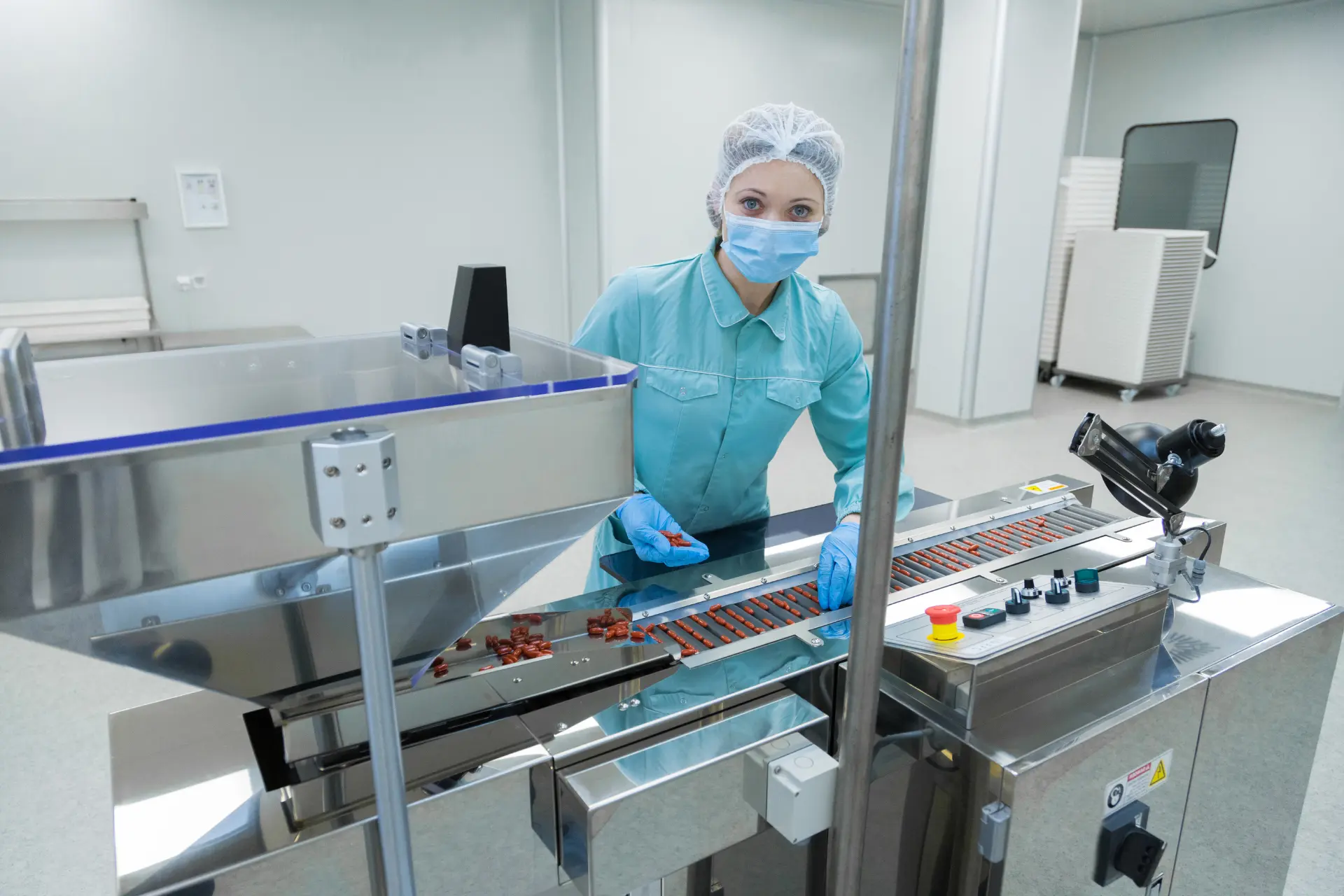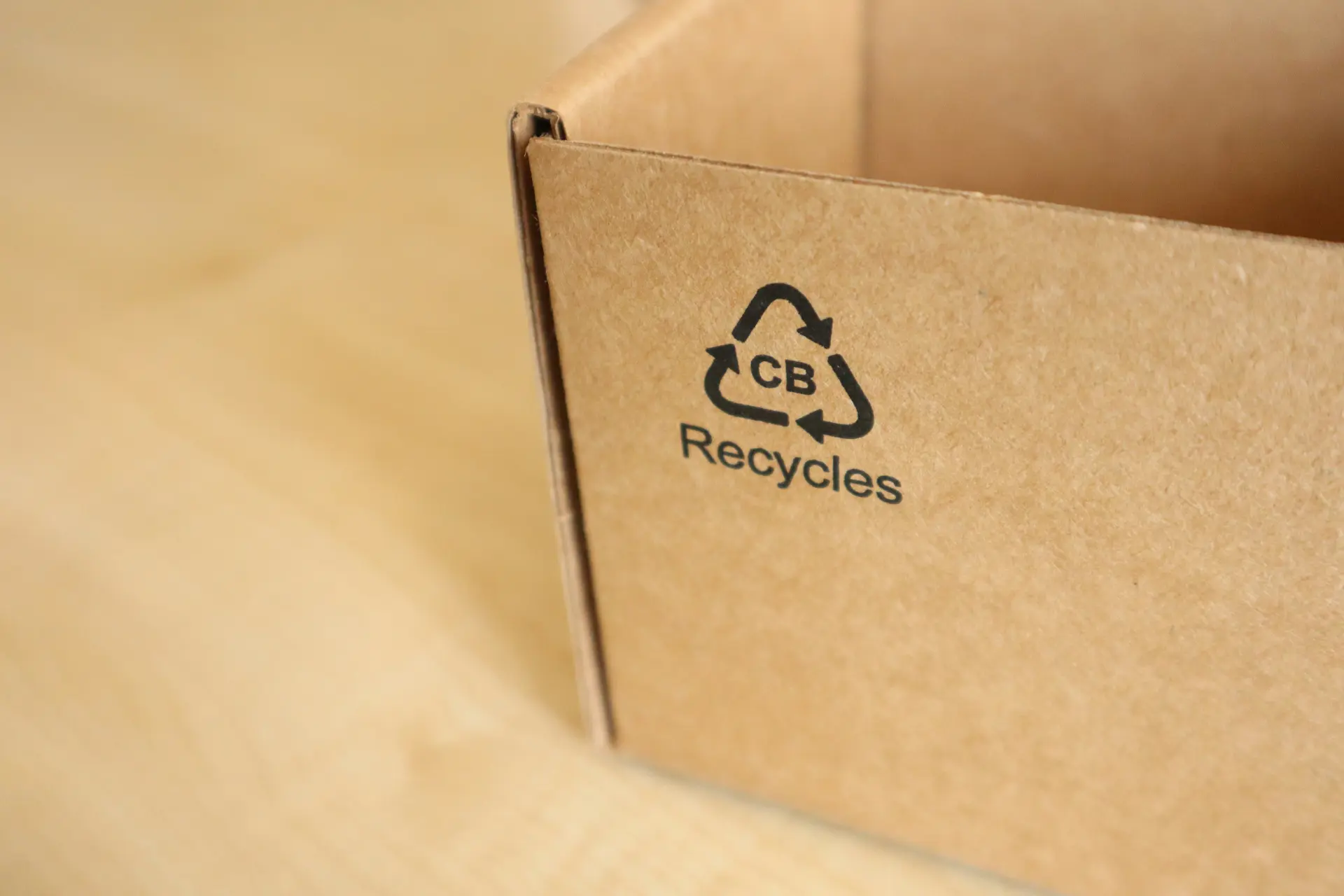When an Olympic athlete delivers flawless repeatable performance, no one questions the amount of preparation that will have preceded it.
However, in the pursuit of ‘right first time’ artwork we are often quite guilty of calling out potential flaws in graphics creation and its QA processes rather than focussing on the preparation that precedes the artwork itself.
In our recent blog, we highlighted how going digital and centralising information in digital systems allows retailer/brand owner businesses to collate and curate their product content more accurately. Being able to collaborate effectively in one single solution is invaluable when we want to improve how to execute the multi-faceted process of collating and validating pack copy and creating and approving packaging artwork.
In this blog we will focus solely on the pre-artwork preparation phase – which at 4Pack we define as the bringing together of all the elements that the Graphics Service requires to accurately prepare a packaging artwork file. For example, whether it be artwork brief, pack copy, cutter profile, brand assets, logos and iconography etc.
We have four recommendations:
- Take care over the quality of inputs
- Supply all the elements
- Give the graphics service the power of NO
- Continuously improve the process
#1 Take care over the quality of inputs
To coin a popular term RIRO (“rubbish in, rubbish out”) – what is obvious in the context of packaging artwork briefing is that it is impossible for a Graphics Service to provide a right first-time artwork, if the information provided is inaccurate.
So, what is important is that we take care over the quality of all inputs whether it be the technical layout drawing, branding or the pack copy content itself.
If you take a look at the sources of content on a typical packaging artwork file (see image below) then you will find that there are many contributors to a single piece of packaging artwork; ranging from Marketing and Technical through to Supply Chain and/or ERP.
With a digital system and digital workflow, it is easy to delegate the collection of this content for each piece of printed packaging and make each contributor team responsible for the timeliness of their response and the quality of their input.
An important objective here to improve the quality of content is to reduce or preferably remove any copy/pasting of information and to maintain links to the source content if possible.
One way of achieving this is to centralise all product, ingredient, pack copy specifications and packaging artwork briefing/approval into one system. This will ensure that pack copy includes the accurate technical product content such as ingredients and allergen information. We can allow this information to be flowed directly via digital workflow to the Graphics Service or automatically on-pack via the creation of a dynamic artwork as we discussed in another recent blog post.
Another way, which can be used in combination with the above is to consider using integration between systems to provide the inputs of certain sets of master data e.g. barcode which will be a property of ERP systems but is also required on artwork.
#2 Supply all the elements
In an operating theatre, when a surgeon says ‘Scalpel, please!’ they are confident that all the instruments they need for the whole procedure are laid out on the table beside them.
Preparing to brief an artwork may have fewer life or death consequences, however, a successful outcome will be more likely if the graphics service is provided with ALL the elements that are required to build the artwork.
Requiring a graphics designer to look back at a previous artwork project or to search and take pieces of information from more than one location or at different times is introducing potential sources of human error.
It is much better is to ensure that the graphics designer only has to look in one location to find all the information they need. And what is more, it needs to be clear to the designer, which piece of information is required to fulfil each part of the brief.
In the past this function will have been delivered by the ubiquitous ‘job bag’ – the folder or envelope that included the briefing document and technical files and then became the repository for the artwork as it was walked around the desks for approval.
This job bag is now been successfully superseded by digital systems. A digital project can now hold links and references to all the information a graphics designer needs to create an artwork.
In fact, digital systems can optimise this, always ensuring that the designer picks up the latest version of content and auditing what/when was added to the project or job folder and when it has been downloaded for use.
But how do we GUARANTEE that a designer has ALL the information they need before starting. In past it this would have been a handwritten checklist on the front of the job bag which although generally adhered to, had the possibility of being ignored
Now, in digital systems we have the potential to enforce that all the elements required to fulfil the brief are added and that all elements are pre-approved.
There are a variety of methods that can be utilised in digital systems to ensure that the information provided to the Graphics Services is complete and consistent. For example:
- Using electronic forms or specifications to maintain any data inputs e.g. artwork brief, pack copy content. In this way, all inputs can be clearly labelled to their purpose (claims, consumer text, ingredients etc) and mandatory information, the ‘must have’ text can be controlled.
- Using digital workflow to drive the addition of elements to the artwork brief/project at the appropriate time from the different feeder departments. A good example here is using workflow to make sure the correct up to date cutter profile is added by the packaging technology department either as an uploaded file or reference to a file in a pre-approved asset library.
- Using digital checklists and validation tasks to ensure all aspects (pack copy, brief, cutter profile, brand assets etc) are present and correct before the information is forwarded to the graphics service and the artwork creation task is started.
#3 Give the graphics service the power of NO
The graphics service being an internal or external supplier to the process, can typically be left little time to create the artwork, let alone be given the voice to input and push back on the process.
However, they are in the perfect position to judge whether the artwork brief, pack copy and additional elements are ‘fit for purpose’ and whether they have all the information present to allow them create an artwork file.
Our recommendation is to introduce a validation step at this point in the process i.e. allow the graphics service to ‘reject’ the brief back to the business if information is missing or ambiguous.
This puts the responsibility back with the business to provide accurate and correct information before any artwork file is created and graphics costs are incurred. Sorting out the issues at this stage is much easier, and intrinsically more secure than revising and developing pack copy when it is already in the artwork file.
Even when time is short and everyone is up against it, it is always better (and cheaper) to ensure the inputs to the artwork is correct before starting, rather than wait to confirm everything at the second or third revision cycle.
#4 Continuously improve the process
Finally, we need to introduce KPIs (key performance indicators) and business process improvement reviews to really strive for perfect outcomes in artwork creation.
Coming back to the analogy of an athlete, we need to self-coach our performance, looking for areas of weakness in the process and applying effort to improve.
One way to do this is to monitor the reasons for rejection of artwork brief by graphics services, or the rejection of the packaging artwork itself.
If we are able to categorise why an artwork brief or artwork is not right first time and apply time to examine the root causes and act on the trends, then we can improve our performance going forwards.
Maybe we are asking for the technical layout to be added too early in the process or we have ambiguity within our pack copy specifications… Spending time to review past experiences sets the standard for future success.
How can 4Pack help?
4Pack is the leading end-to-end product and packaging software for the Food & Beverage industry.
We’re a SaaS (software as a service) solution which helps brands and manufacturers manage their product and launch update process more efficiently.
Our platform links four key technologies together that allows you to drive efficiencies, speed up time to market, streamline your processes and increase collaboration between teams, internal and external. 4Pack allows you to:
- Centralise your product, ingredient and packaging data
- Synchronise your artwork briefing, creation and approval
- Manage all your NPD and EPD projects in one integrated solution
- Create a digitally connect repository for valuable assets
Importantly, in the context of this topic, 4Pack includes all the functionality you will require to streamline your pack copy, artwork briefing and artwork creation processes with the appropriate checks and balances in place and the option to drive business processes forwards by creating reportable KPIs.
For more information email contact@4-pack.co.uk or visit www.4-pack.com.




